Small Fruit News
The Southern Region Small Fruit Consortium posts articles and sends the SMALL FRUIT NEWS to subscribers four times annually.
-
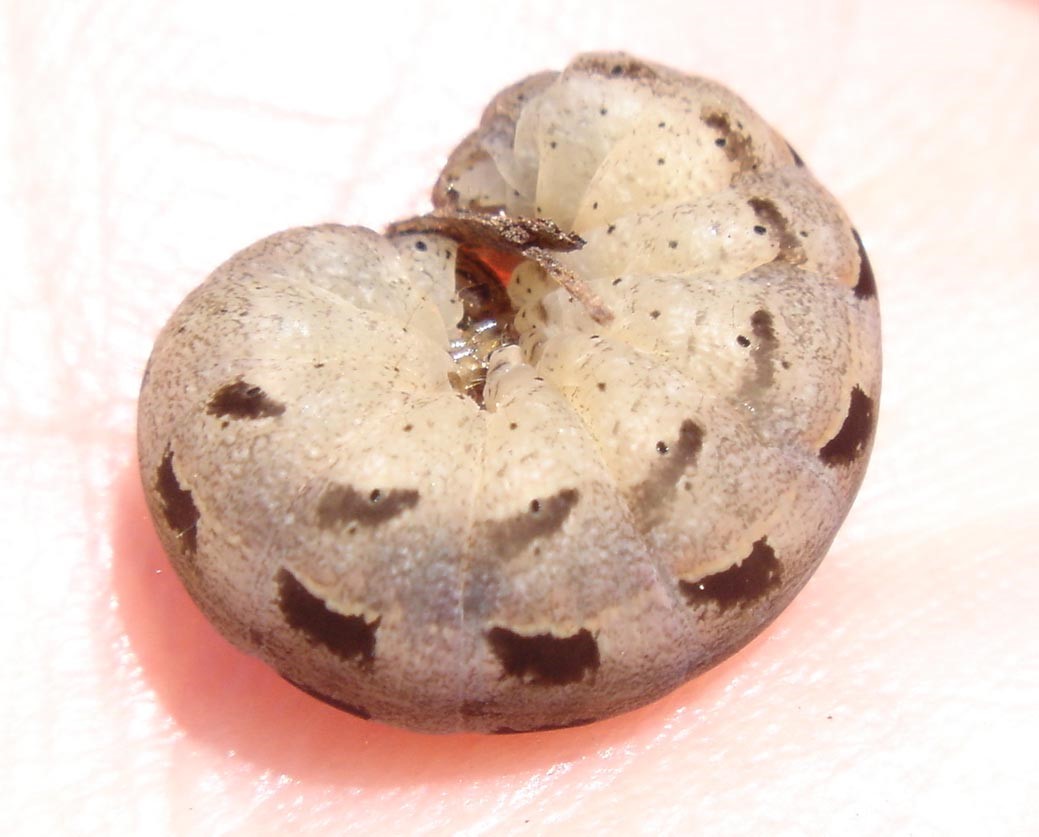
Many grape growers have had the experience of finding primary buds on their vines destroyed, leaving behind ragged remnants. Climbing cutworms are sporadic vineyard pests, mainly in sites with sandy soils, where they may completely strip the buds and young shoots in the early spring.
Posted in: Spring 2023 -

Orondis Gold, a fungicide containing the active ingredients oxathiapiprolin and mefenoxam, is now labeled for strawberries for managing Phytophthora crown rot (vascular collapse) and red stele root rot.
Posted in: Spring 2023 -
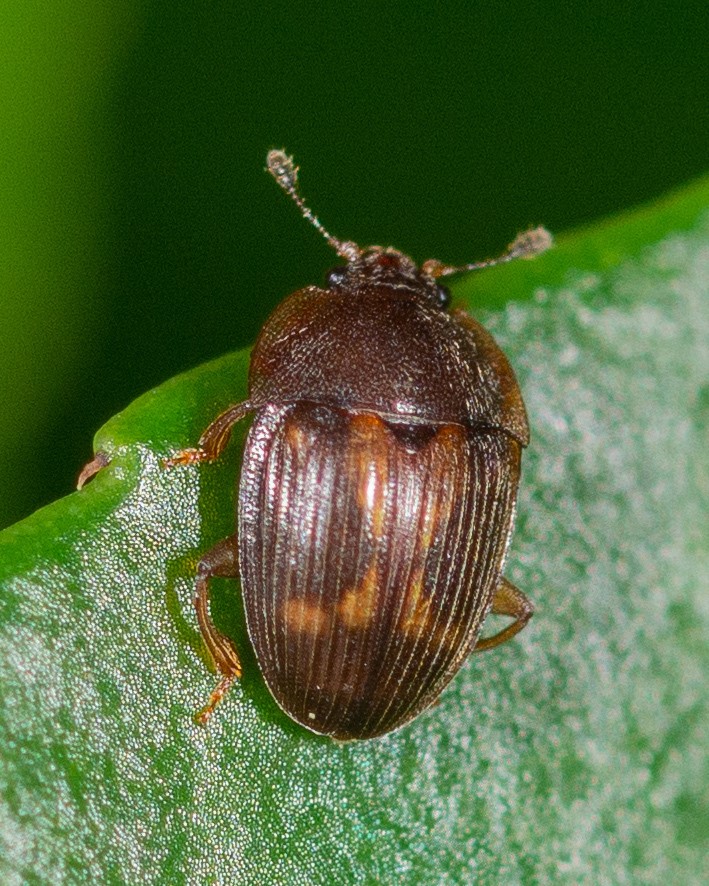
The adult strawberry sap beetle and its larvae may cause injury of ripe and overripe strawberries, particularly during the summer. Infestations are more severe later in the harvest season when day-time temperatures are on rise and particularly following rain events.
Posted in: Spring 2023 -
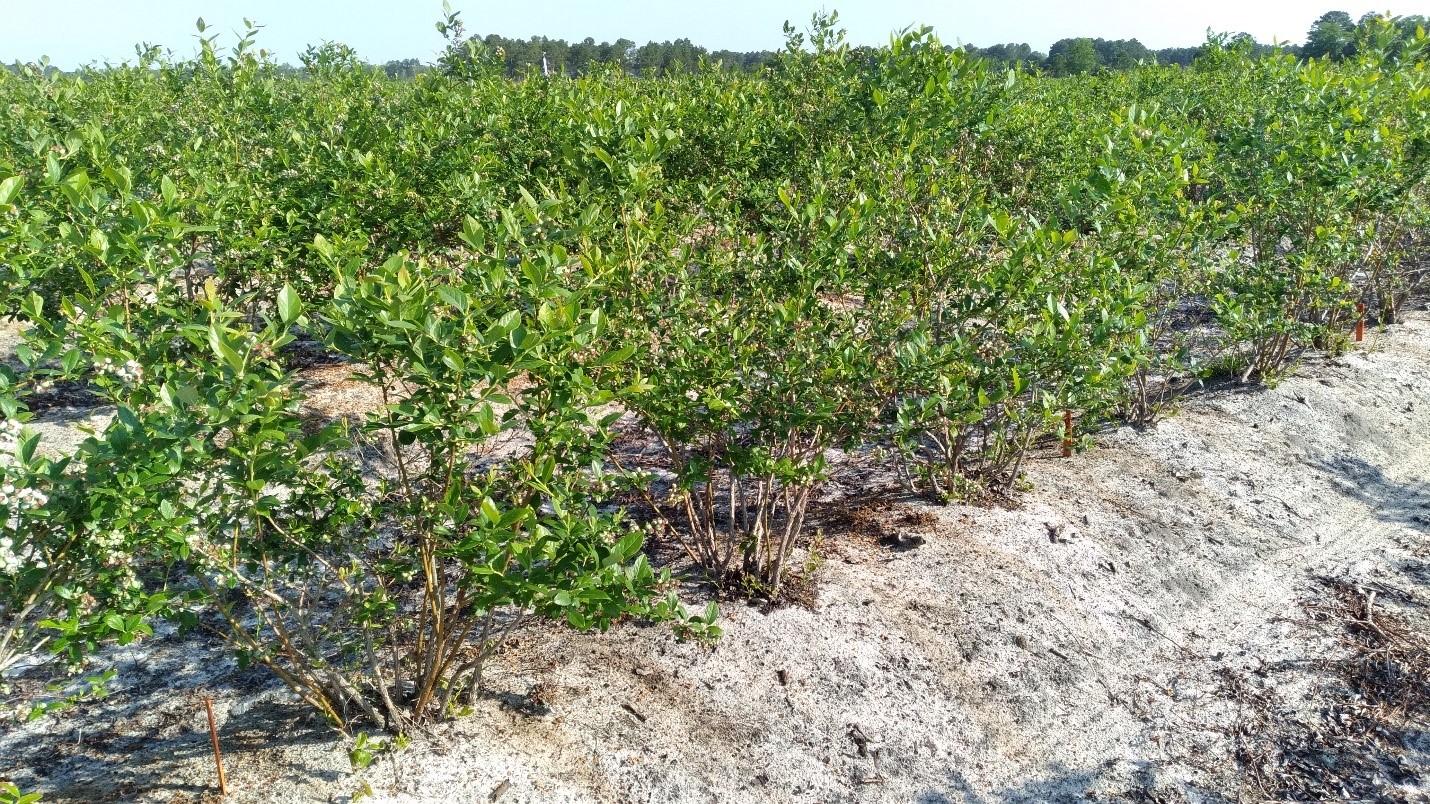
Results of field studies conducted on southern highbush blueberry (Vaccinium corymbosum L.) in North Carolina to determine tolerance of younger and older bearing blueberry bushes to 2,4-D choline POST-directed.
Posted in: Spring 2023 -
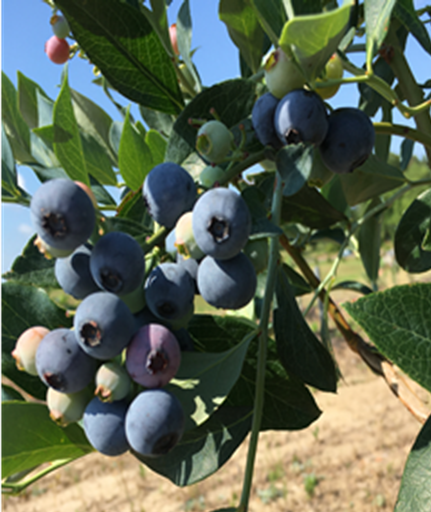
The Mississippi State University Extension Service will be hosting two workshops for blueberry growers in 2023. An in-person workshop on January 24th and a virtual workshop on January 26th.
Posted in: Winter 2023 -

The Arkansas Grown Conference and Expo will be held January 25-28, 2023 in Little Rock at the Embassy Suites.
Posted in: Winter 2023 -

A demanding management program is required to effectively control the intense insect and disease pests of bunch grapes in the Southeast. One such pest is the grape root borer (GRB), Vitacea polistiformis.
Posted in: Winter 2023 -

Elina Coneva1, Ebrahiem Babiker2, Eric Stafne3, Sushan Ru1, Melba Salazar-Gutierrez1, Camila Rodrigues1, and Edgar Vinson1, 1Auburn University, 2USDA-ARS, 3MSU ‘Titan’ and ‘Krewer’ (Fig. 1 A,B) are two new blueberry cultivar releases from the University of Georgia breeding program are reported to produce large berries. Their fruit size is reported to be twice as large as…
Posted in: Winter 2023 -
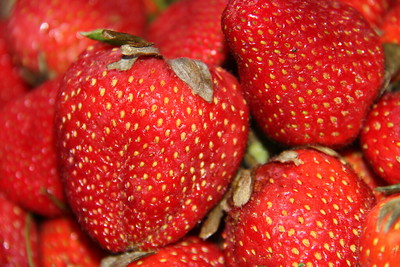
This year’s Mid-Atlantic Strawberry Programs will be held on February 27-28, 2023, in Virginia Beach, VA. View program information.
Posted in: Winter 2023 -
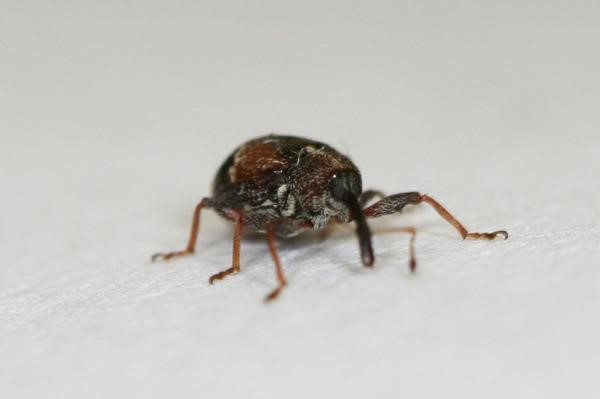
The strawberry bud weevil, Anthonomus signatus Say (also known simply as clipper), has long been considered one of the most important direct pests of strawberries in the United States.
Posted in: Winter 2023